quick coaching
What Can We Learn From The Players of Ryder Cup USA?
Published on
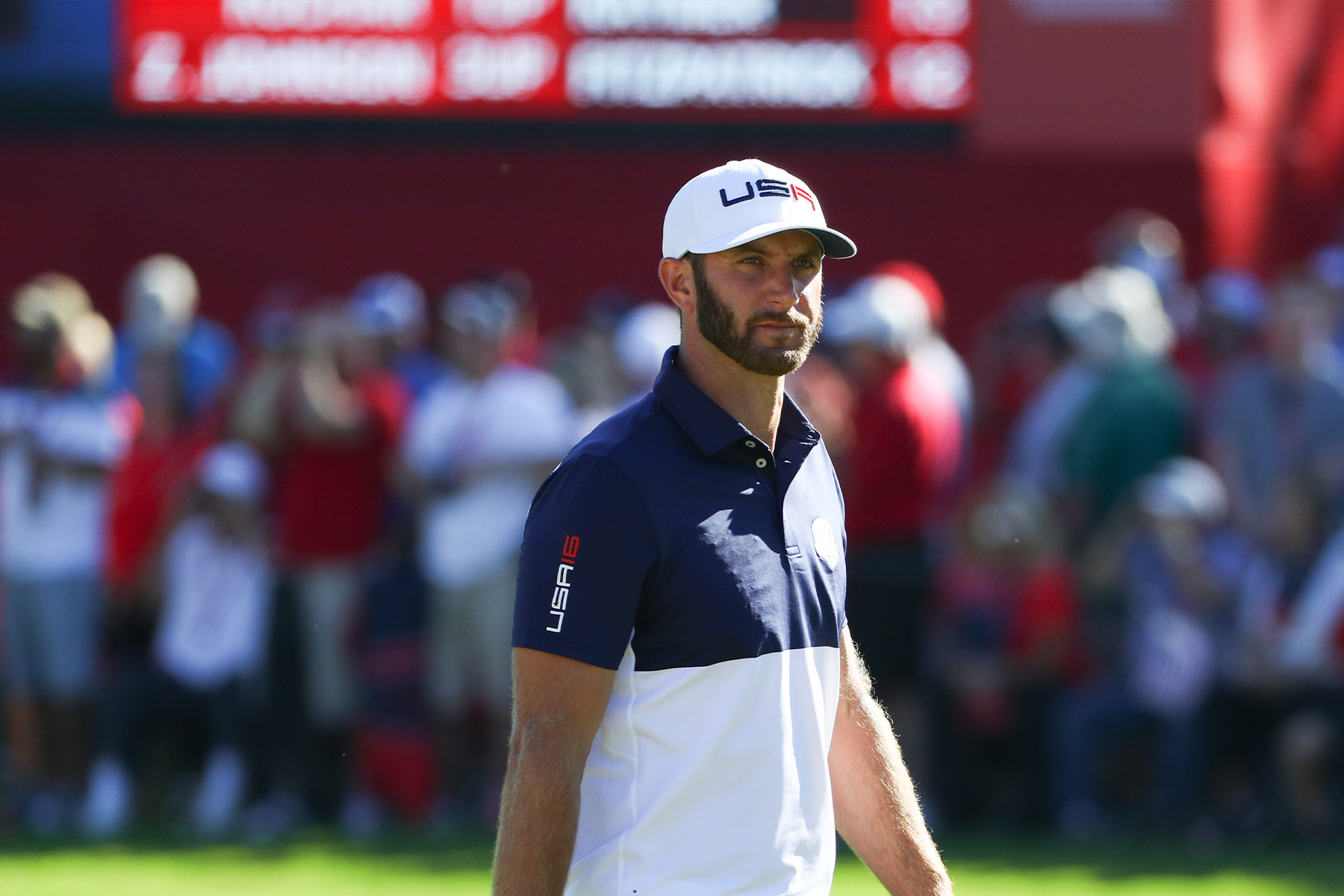
Dustin Johnson of the United States hits his shot on the 15h hole during the singles matches for the 41st Ryder Cup at Hazeltine National Golf Course on October 2, 2016 in Chaska, MN. (Photo by Scott Hallaren/PGA of America)
While we expect you'll be tuned in to every second of the 43rd Ryder Cup this week, be sure to take advantage of the time & learn from watching the best players in the world.
From Brooks Koepka's athleticism to Collin Morikawa's maturity, players of all skills levels will be able to identify important lessons from the players representing the Red, White & Blue.
We caught up with PGA Coaches to get their takes on the 12 men who will look to bring home the Ryder Cup at Whistling Straits.
Take notes & enjoy the best event in golf.
Dustin Johnson
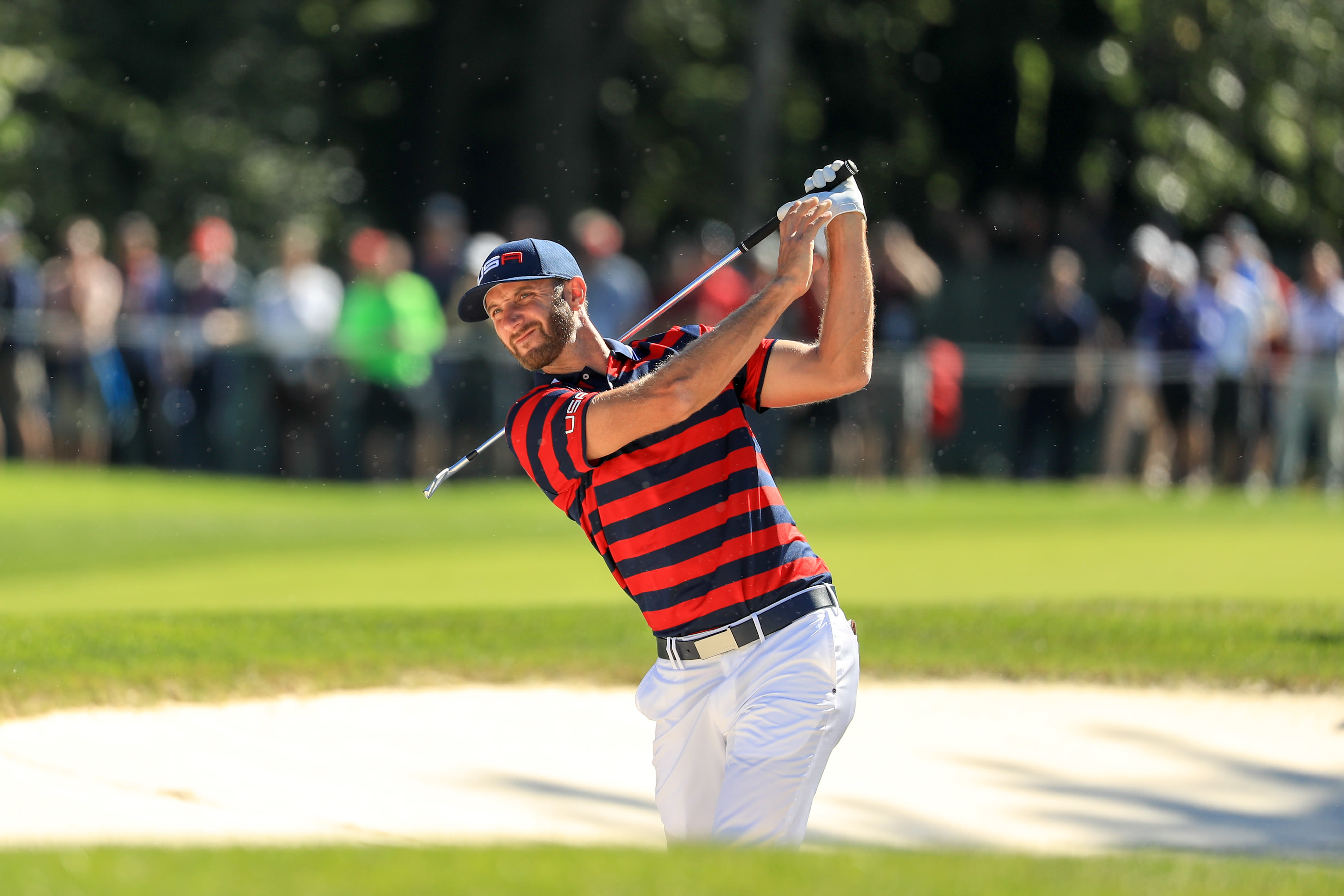
“He's athletic, strong and mild-mannered on the golf course. Dustin Johnson never appears to be rattled or concerned with mistakes, because he can always make up for the errors. Such an exciting player to watch in the modern era.” — Andre R. Pillow, PGA
Bryson DeChambeau

“Being different is a strength, not a weakness. Sometimes it takes going against the grain of "norm" to break through performance barriers and seek new territory in this game. In order to be the best, you must also be willing to try new things and techniques.” — PGA Coach Dr. Alison Curdt, PGA Master Professional
Collin Morikawa
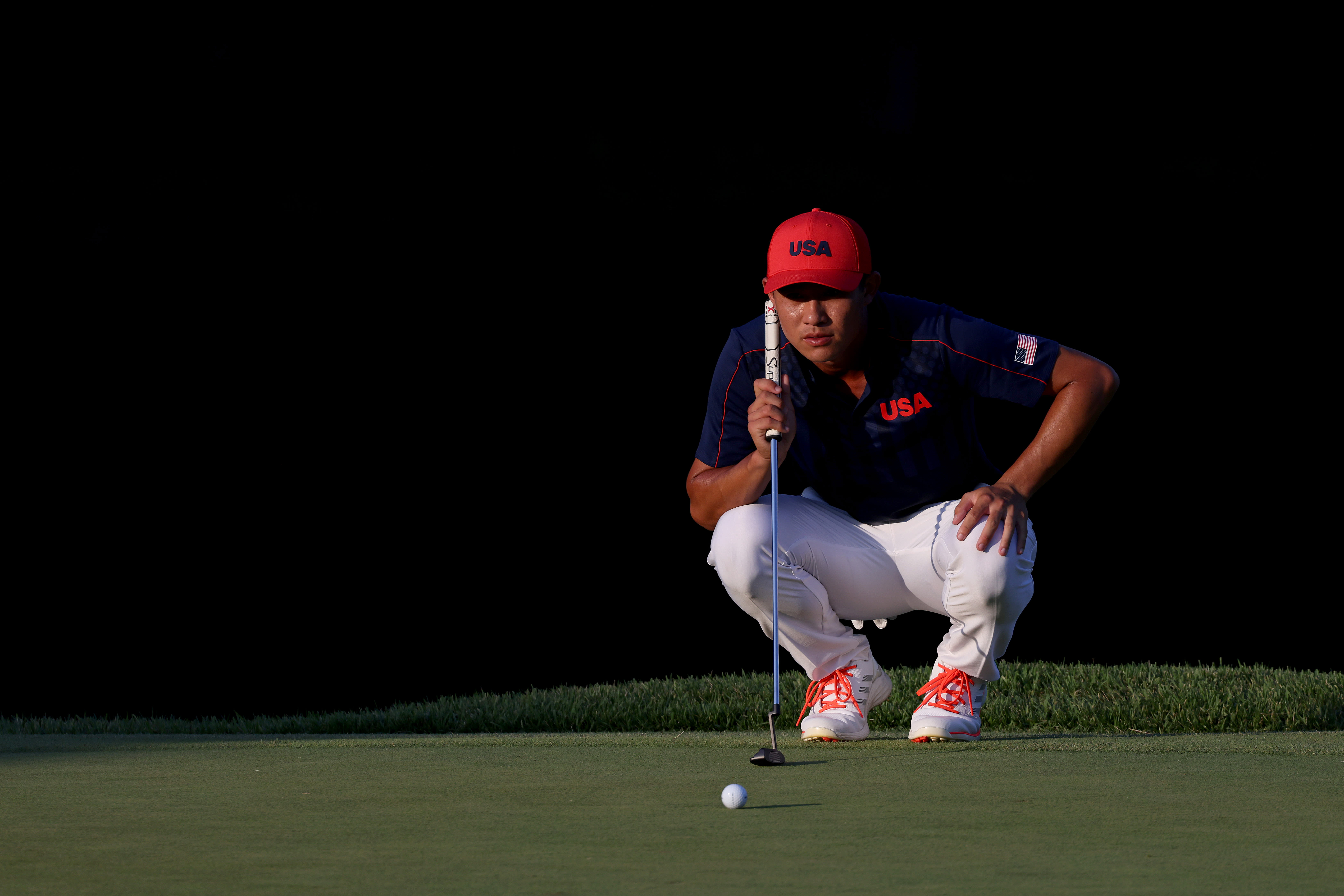
“Golf is a game where maturity needs to coincide with ability, and Morikawa has both of these facets intersecting in perfect harmony at the moment.” — Steve Scott, PGA
Brooks Koepka
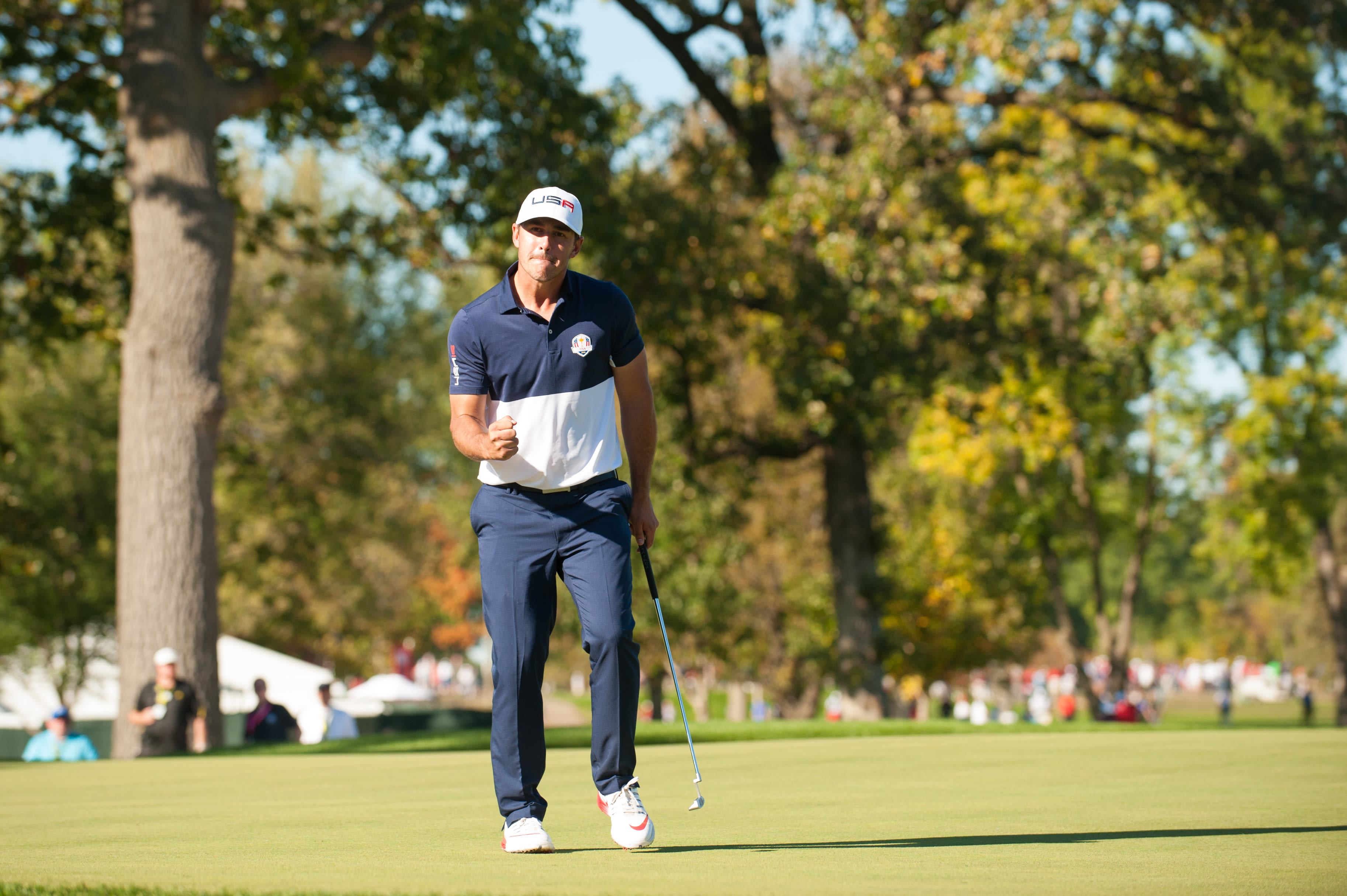
“He's an athlete first, golfer second. He hits it far and accurate, but also has tremendous touch around the greens. His swing features a stable lower body, big shoulder turn, with limited hand action.” — Andre R. Pillow, PGA
Justin Thomas

“Maintaining a calm & positive demeanor on the golf course can save a poor round, and amplify an amazing round. Staying consistent with your mental state is a factor in great performances.” — Dr. Alison Curdt, PGA Master Professional
Jordan Spieth

"Jordan Speith may not hit it as far as some of the other guys, but he has one the best putting strokes on tour. When his putter heats up, he is hard to beat." — Andre R. Pillow, PGA
Patrick Cantlay

"Cantlay put a lot of pressure on his lower back by separating his upper body (shoulders) too much from his lower body (hips) on the downswing, resulting in his injury. What can we learn from this? Well, we can work on a connected take-away, rotating the hips, as well as the shoulders in the backswing. During the take-away, don’t restrict the hips, release the strain on the core muscles, and have a more connected swing. This will help you use larger muscles and reduce the risk of injury in your golf swing." — A.J. Nelson, PGA
Tony Finau
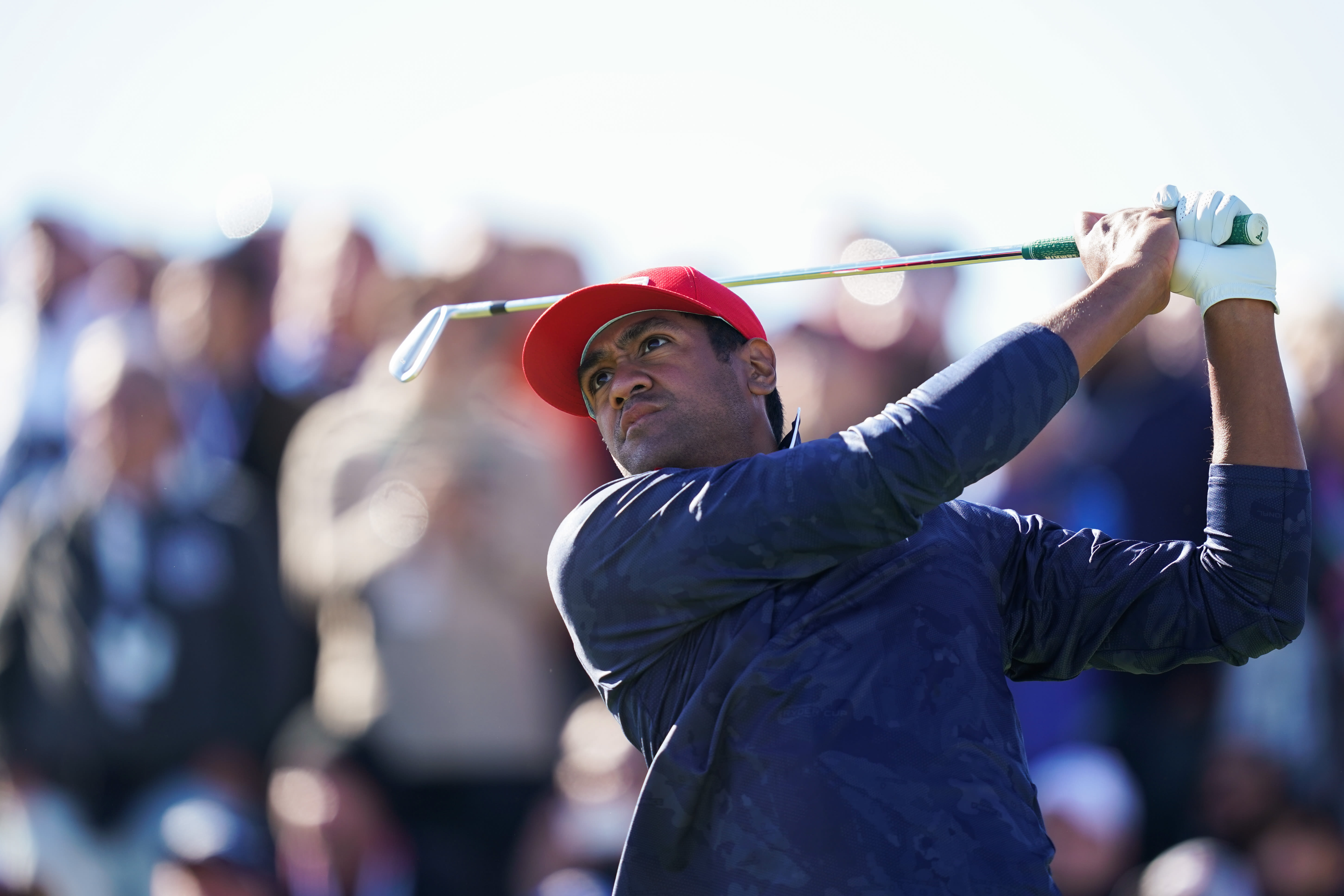
“One way that Tony has improved his putting in the last year was changing to a claw grip midway through the season. This is a great hand placement for amateur golfers to try if they have an overly active trail hand through impact.” — Nick Duffy, PGA
Daniel Berger

"[Daniel's] ball striking is superior even with a swing that looks quite unique at first glance. Its effectiveness relies on a large amount of backswing rotation in the torso and hips, allowing Daniel to create tremendous depth with his hands going back. He uses this depth to change direction effectively in the downswing and deliver a shallow strike at impact." — Mark Komrives, PGA
Scottie Scheffler

"Scottie’s got a lot of guts. He can shoot under par, good rounds and hit it horrifically. He makes his own comebacks. He puts a score up when it’s not there. He’s the kind of competitor, he wants to be on those teams like the Ryder Cup. And that’s the way he likes to compete. He wants to be that guy, he really does." — Randy Smith, PGA
Xander Schauffele
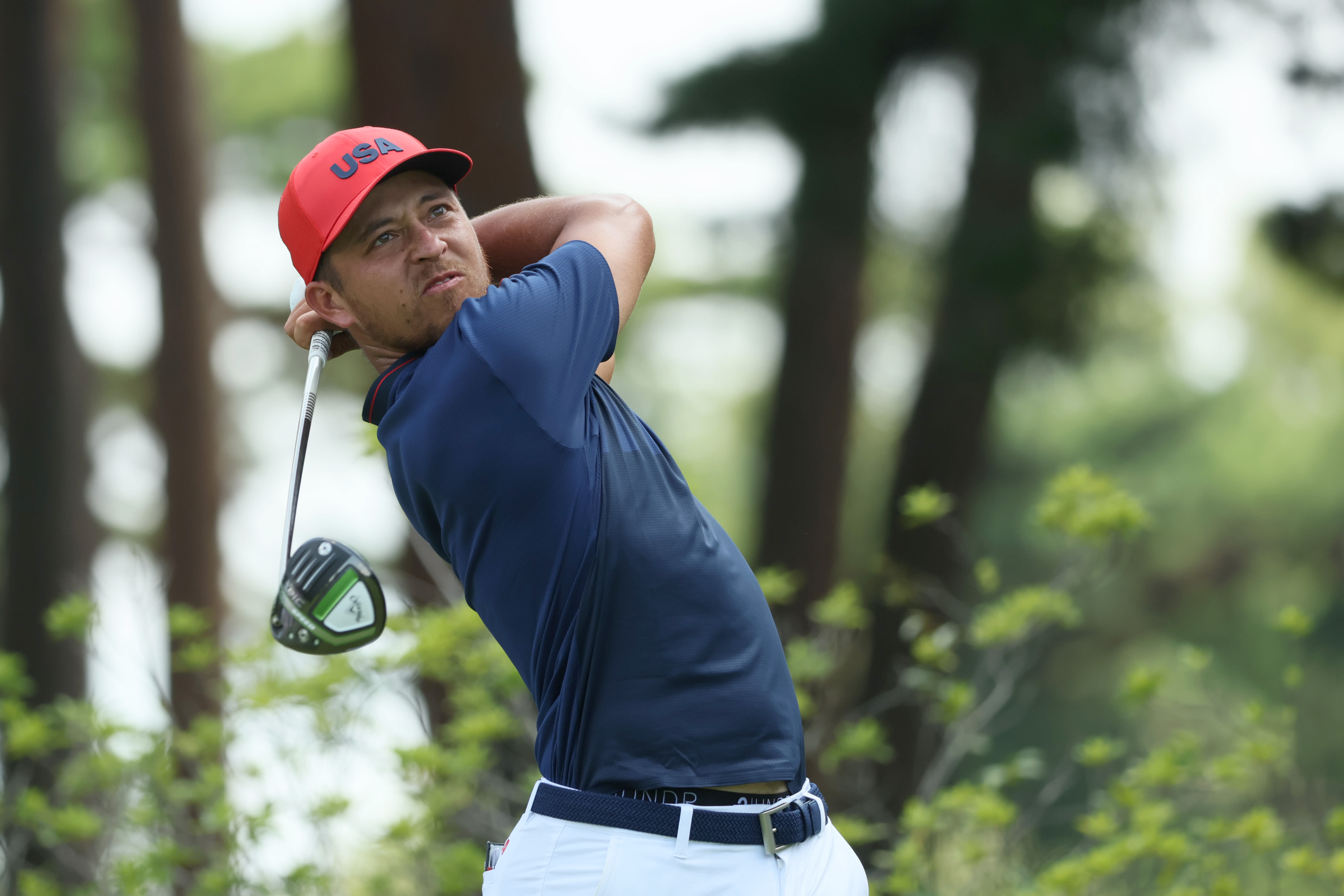
"All Xander's success can be easily broken down into one very simple constant— Xander Schauffele hits the ball solid. Whether it is a driver and iron or the putter he strikes the ball with the center of the clubface." — Keith Stewart, PGA
Harris English

"Powerful swings start with a strong takeaway. Watch Harris English start his swing. He doesn't move his hands and wrists, it's the lead shoulder that drives the backswing. Every golfer would benefit from copying English's start move. Next time you practice, begin your backswing with a shoulder turn instead of the small muscles. This will create a much wider arc in the takeaway and a much more powerful and consistent strike at impact." — Keith Stewart, PGA